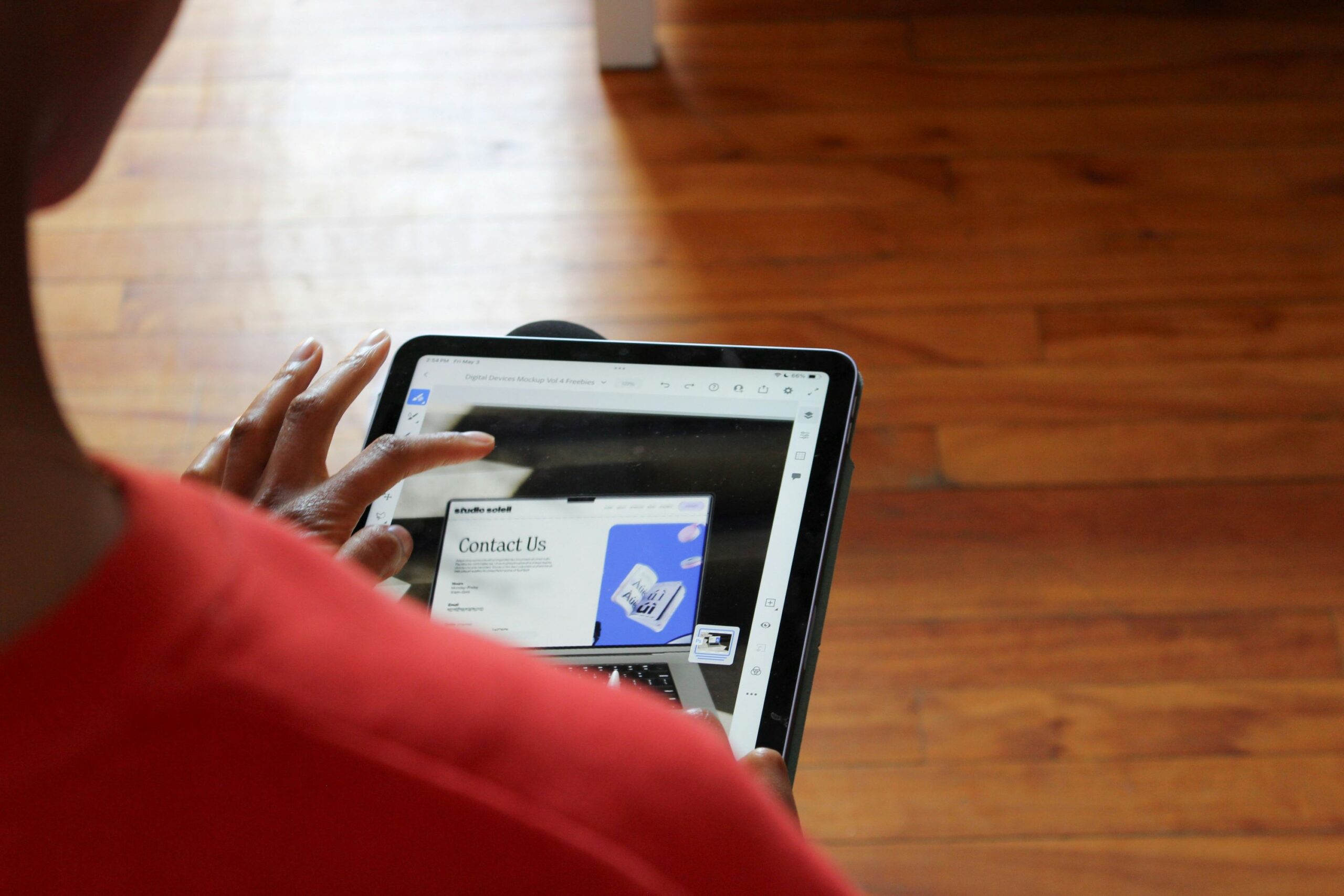

In our fast-paced digital world, first impressions matter more than ever.
Just as we know the importance of making a positive impression when meeting customers face-to-face, we should apply the same level of care to our digital first impressions. However, all too often businesses prioritise their own wants – like capturing data, pushing promotions, or getting users to subscribe – over the end-users’ needs.
This approach can damage the user experience and ultimately harm business success in the long term.
Let’s consider a common experience many of us will have encountered.
You’re visiting your local supermarket to buy groceries for the week, but as you approach the entrance, someone pops out from behind a kiosk with a clipboard asking you to sign a petition, donate to a cause, or complete a survey.
How does that make you feel?
Likely, you’ll feel a mix of frustration and panic. You didn’t come to the shops to spend 10 minutes being told why you should buy raffle tickets; you came to complete the task of buying your groceries. The person with the clipboard is an obstacle, an unexpected friction point that disrupts your intended journey.
Now, translate this scenario to the digital world.
Too often, websites and apps act like the person with the clipboard, creating barriers that prevent users from reaching their goals. The moment a user arrives on a website, they are bombarded with pop-ups asking them to sign up for newsletters, provide personal information, or respond to promotional content.
Take the example of a user who simply wants a quote for a product or service. They don’t necessarily want to provide their email or phone number at this early stage, knowing full well it might lead to a barrage of marketing emails or unwanted sales calls. Yet many businesses make this a prerequisite, asking for information upfront before any value has been delivered.
This approach can feel like a digital equivalent of a toll gate, demanding a “payment” of personal information before any real engagement has occurred. Just like in the supermarket scenario, this experience feels intrusive and frustrating. The design of these digital experiences reflects a philosophy focused on “taking” from the user right away.
The message it sends to customers is clear: “We are more interested in what we can get from you than in helping you achieve your goal.”
But what if, instead of a clipboard-wielding opponent, you were greeted with a clear sign directing you to exactly what you need inside the supermarket?
What if the layout of the store was easy to understand, the aisles were organised, and the staff were attentive but not overbearing? The experience would feel more smooth, efficient and enjoyable. You’d be more likely to return because the supermarket made your journey as simple and pleasant as possible.
This is the same approach we should take with our digital tools.
When users visit your website or app, they have a goal in mind – perhaps to find information, explore your services, or purchase an item. Our job is to make that journey as easy as possible by anticipating their needs and removing unnecessary obstacles. It means understanding the users’ goals and designing around them, not around our desire to collect their data or push irrelevant information.
By prioritising users’ needs, we demonstrate we respect and value their time and experience. This builds trust and encourages users to return, creating long-term loyalty and positive word-of-mouth for the brand.
At its core, effective digital design is about striking a balance between the needs and wants of both the business and the end-user.
Returning to our supermarket analogy: if customers continually face obstacles or feel pressured every time they enter, they will eventually choose to shop somewhere else. In the same way, when a digital experience is designed without the user in mind, it risks alienating them, causing them to leave and perhaps never return.
We believe that by prioritising users’ needs, we create digital experiences that are not just visually appealing but also functional, accessible, and engaging. By designing with empathy and understanding, we can ensure our digital platforms lead to more meaningful and successful interactions.
After all, when the journey is effective and enjoyable, everyone wins.